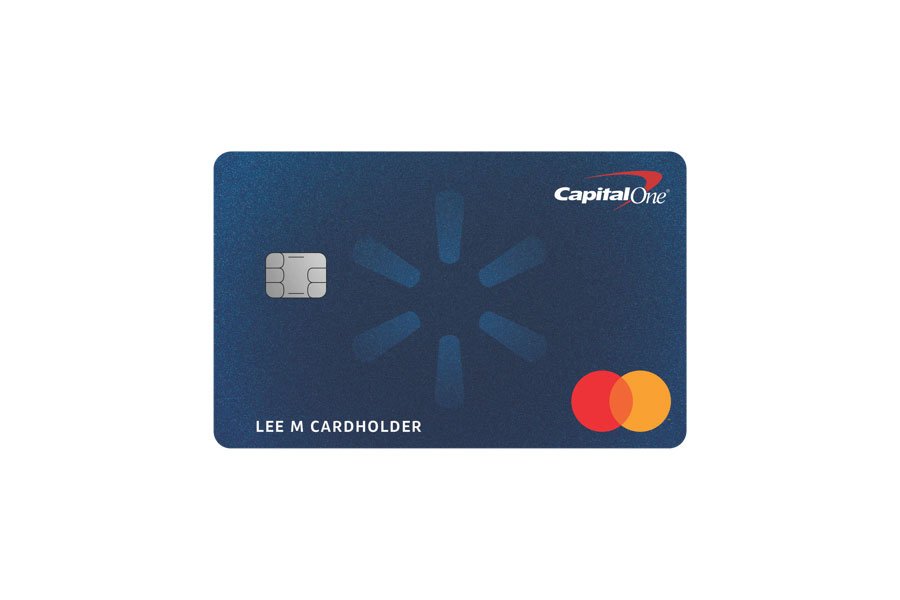Struggling with high car loan payments? Using a credit card might sound like a convenient solution, but does it make financial sense? This article breaks down whether paying off a car loan with a credit card is a practical option, the potential costs involved, and how it could impact your overall finances.

You’ll also learn about alternative strategies for managing car loan payments that can save you money and protect your credit score. By the end, you’ll have a clear understanding of the pros, cons, and smarter options to consider.
Paying Your Car Loan with a Credit Card
Using a credit card to pay your car loan might not be the standard route, but it is possible in certain situations. Whether it’s through a third-party service or directly with your lender, here’s how the process works and what to consider before taking this approach.
How Services Like Plastiq Work
Using a credit card to pay your car loan might not be the standard route, but it is possible with the right service. Platforms like Plastiq offer a way to bridge the gap, but there are fees and restrictions to consider. Here’s how it works and what you need to know before deciding if it’s right for you.
How Plastiq Works
Most car loan providers don’t accept credit card payments directly, but Plastiq enables you to use your credit card for bills that typically don’t accept them. The process is simple:
- Sign Up for Plastiq: Create an account on their platform.
- Link Your Credit Card: Add your credit card as the payment method.
- Set Up Your Car Loan as the Recipient: Enter your lender’s details, including the payment amount and due date.
- Make the Payment: Plastiq processes your credit card payment and sends the funds to your car loan lender via check, ACH, or wire transfer.
Example of Fees with Plastiq
Plastiq charges a standard fee of 2.85% for each transaction. Here’s how that can add up:
- If your monthly car loan payment is $400, the Plastiq fee would be $11.40 per payment.
- Over 12 months, you’d pay an extra $136.80 in fees.
This fee might make sense if you’re leveraging a 0% APR promotion or earning significant credit card rewards. However, if the fee outweighs these benefits, it may not be a cost-effective choice.
Direct Payment Options
In rare cases, some lenders might accept credit card payments directly, but this is uncommon. If your lender allows it, check for any associated fees or restrictions. Otherwise, third-party services like Plastiq remain your primary option.
Why consider using a credit card to pay off your car loan?
Paying a car loan with a credit card might seem unconventional, but there are some situations where it can be beneficial. However, this approach comes with risks that require careful planning to avoid costly mistakes. Let’s look at the potential benefits and drawbacks to help you decide if this option is right for you.
Benefits of Using a Credit Card
Using a credit card to pay off a car loan can work in specific circumstances, particularly when the terms of the credit card offer favorable conditions:
- Debt Consolidation Through Balance Transfers: Transferring your car loan balance to a credit card with a lower interest rate can simplify payments and potentially save money on interest.
- 0% APR Promotions: Some credit cards offer introductory periods with no interest for 6–21 months. If you can pay off the balance within this window, you could avoid paying any interest on your car loan entirely.
- Earning Rewards: Certain credit cards offer cashback, travel points, or other rewards. If you’re strategic, you can take advantage of these benefits while paying down your debt.
Risks of Using a Credit Card
While there are advantages, this strategy comes with potential downsides that shouldn’t be overlooked:
- Balance Transfer and Cash Advance Fees: Balance transfers often carry fees of 3% or more, and cash advances can include even higher costs with APRs exceeding 25%. These expenses can quickly outweigh any interest savings.
- Short Promotional Periods: If you don’t pay off the transferred balance before the promotional 0% APR period ends, you could be hit with much higher interest rates—sometimes above 20%.
- Impact on Credit Score: Transferring a large loan balance to a credit card increases your credit utilization ratio. This can negatively affect your credit score, especially if the balance exceeds 30% of your credit limit.
Planning Ahead
If you’re considering using a credit card to pay off your car loan, it’s essential to have a clear repayment strategy. Ensure you can pay off the transferred balance before interest accrues, and account for all fees to determine if the move will save you money. Without a solid plan, this approach could leave you with even more debt.
Who should avoid using a credit card for car loan payments?
Using a credit card to pay off a car loan isn’t the right move for everyone. Here are the key scenarios where this strategy might do more harm than good:
- High Credit Utilization Risks: If paying off your car loan means using a large portion of your credit limit, it could significantly raise your credit utilization ratio. This can lower your credit score and make it harder to qualify for better financial opportunities in the future.
- No Clear Repayment Plan: Transferring a car loan to a credit card can spiral into unmanageable debt without a solid plan. If you’re unsure how you’ll pay off the balance, especially before promotional rates end, this option can create more financial stress.
- Cards Without 0% APR Promotions: If your credit card doesn’t offer an introductory 0% APR period, you’ll likely face high interest rates—often much higher than your car loan’s rate. This makes the move financially unwise, as you’ll end up paying more in interest over time.
For most borrowers, sticking with traditional payment methods or exploring alternatives like refinancing is a safer and more cost-effective way to manage car loan debt.
Alternatives to Using a Credit Card for Car Loan Payments
If using a credit card to pay off your car loan feels risky or too expensive, there are more sustainable alternatives that can help you manage your payments effectively.
Refinancing Your Car Loan
Refinancing is one of the most practical ways to reduce the financial strain of a car loan. By working with your lender or exploring new loan offers, you can secure a lower interest rate or extend the loan term to reduce your monthly payments.
For example:
- If your current car loan has an interest rate of 10%, refinancing at 6% could significantly reduce the total interest you pay over the life of the loan.
- Even extending your loan term from 48 months to 60 months can lower your monthly payment, though it may increase the total interest paid overall.
Refinancing works best if your credit score has improved since you first took out the loan or if market rates have dropped. It’s worth shopping around for the best rates or speaking to your current lender about refinancing options.
Budget Adjustments
Reevaluating your budget is another effective way to free up cash and make your car loan payments more manageable. Start by identifying areas where you can cut nonessential spending, such as dining out, entertainment, or subscription services. Redirecting those funds toward your car loan can help you pay down the principal faster and save on interest.
Steps to adjust your budget:
- Track Your Expenses: Use a budgeting app or spreadsheet to see where your money is going each month.
- Identify Savings Opportunities: Look for discretionary expenses to reduce or eliminate.
- Reallocate Funds: Apply the money saved directly to your car loan payments, focusing on reducing the principal balance.
Even small changes can add up over time. For instance, cutting $100 a month in expenses and applying it to your car loan could save you hundreds in interest over the life of the loan.
Final Thoughts
Paying off a car loan with a credit card might seem like a convenient solution, but it often comes with significant risks and costs. Balance transfers and 0% APR offers can be helpful in specific situations, but they require a solid repayment plan to avoid high fees, interest charges, and potential credit score impacts.
If you’re looking for a more sustainable way to manage your car loan payments, refinancing your loan or making budget adjustments are often smarter and more effective options. These approaches can help you save money in the long run and avoid the pitfalls of relying on credit cards for debt management.
Take the time to explore your options carefully. Compare refinancing rates from different lenders or evaluate how small budget changes can free up cash for your payments. With the right strategy, you can reduce financial stress and work toward paying off your car loan without adding unnecessary debt.



